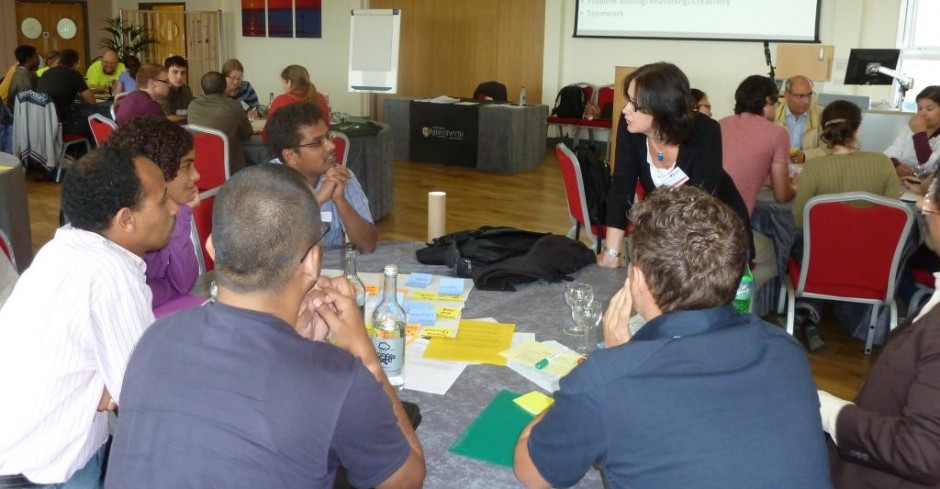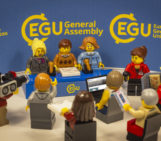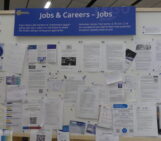Following their talk at EGU 2013, Helen Goulding and Sarah Blackford have put together their top tips for finding a job, whether you’re looking to stay in science or use your skills elsewhere. Sarah shares her secrets in the second post in this short series…
“Congratulations! You have been invited for interview.” These are the words everyone wants to see following the submission of a job application. But the initial flush of pleasure and excitement can soon give way to feelings of trepidation and apprehension. So how can you reduce your anxiety and ensure you give yourself the best possible chance of succeeding at interview? The 7 ‘Ps’ can help to put you on the right career track:
Purpose – Keep in mind the purpose of an interview, which is for the employer to find out more about you and vice versa. Meeting you in person will allow him/her to see how well you communicate and whether you will fit into the team/organisation.
Plan – Review the job description, company/research group and personal requirements. Find out the details of the interview location and set-up. This should have been specified in your interview letter but, if not, contact the organisation to ask how long the interview will be and who will be on the interview panel. If there is a presentation, who will be in the audience? This will help you to make the content of your answers and/or presentation relevant.
Prepare – You are bound to be asked to clarify or expand on much of the content of your application/CV so make sure you can give examples relevant to the employer and bring the content to life. Think of one or two brief questions to ask the interviewer (but don’t ask about salary until you’ve been offered the job!).
Predict – As with an exam you can probably predict many of the questions you are likely to be asked. Put yourself in the shoes of the employer and imagine what you would want to know from the applicant. As well as detailed technical questions (depending on the job), they are likely to ask you open-ended questions. For example:
- Why do you want this job?
- What can you bring to the organisation?
- Tell me about any challenges you encountered during your PhD/research? How did you deal with them? What was the outcome?
- If you had a grant of €5million, what would you want to spend it on? (In other words, what big ideas do you have in your mind in terms of this research area).
Practice – Try to set up a mock interview or just practice saying some of your predicted answers out loud to yourself. This will help you to familiarise yourself with your evidence and identify any gaps or weak areas in your performance which you can work on a bit more.
Perform – Good body language and eye contact is essential to make a good impression. Dress to impress (at the same level of formality as the interview panel) and don’t forget that how you say what you say – the tone and assuredness of your voice – is as important as what you say.
Persist – Using these ‘rules’ you should be able to optimise your chances for a successful outcome to your interview. However, if you are turned down don’t take it personally. Ask for feedback, review your performance, move on and persist with your applications – imagine and believe in your ultimate success!
By Sarah Blackford
Sarah Blackford is a qualified careers consultant and author of ‘Career planning for research bioscientists’. For more information on interview technique see:
http://www.biosciencecareers.org/2013/04/interviews-when-coming-2nd-is-no.html






How To Be Successful In Studies
I enjoy what you guys are usually up too. This sort of clever work and reporting! Keep up the good works.
John Rehm
You know, the colloquial expression is NOT going to be appreciated by an international audience. The moderator should delete this. My Bad!
John Rehm
The 7 P’s that I learned in Oklahoma in the oil business:
Piss Poor Preparation PRECEDES Piss Poor Performance.
I know that it is a little colloquial, sorry. After all these years, it is still funny, in a “git ‘er done” kind of way.
Remember, this was a common expression following unfolding of the second half of the expression, as performed by another party.